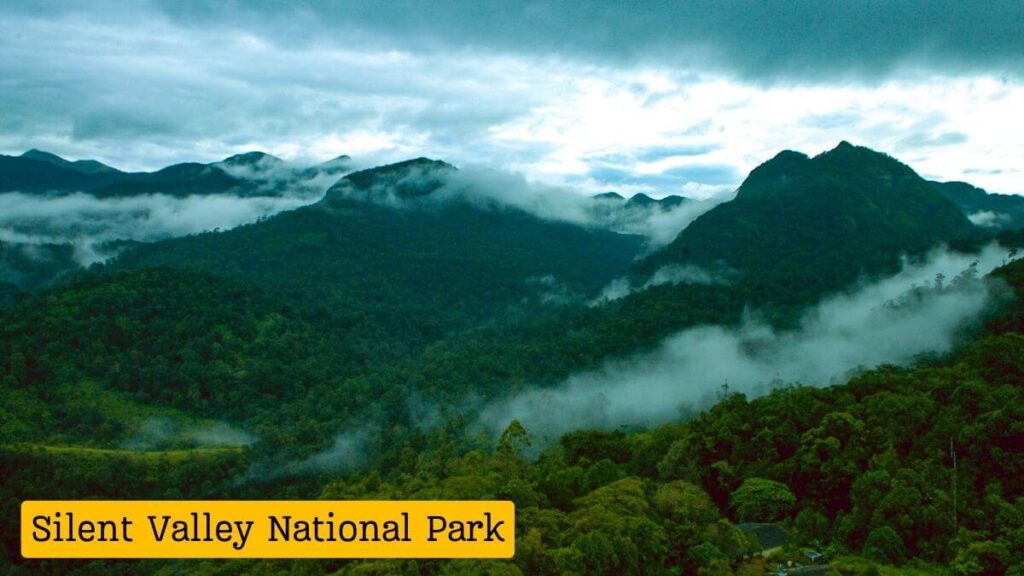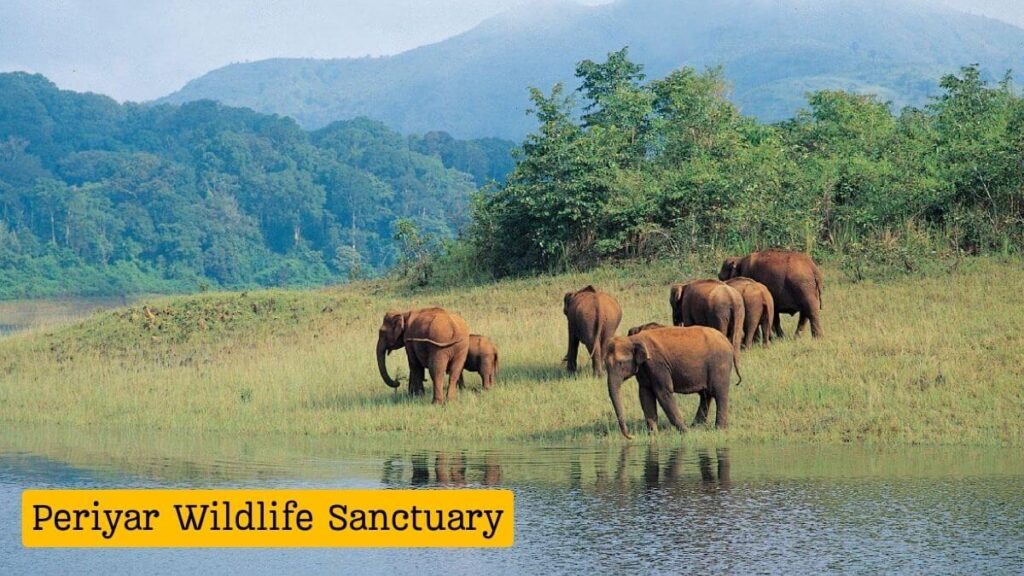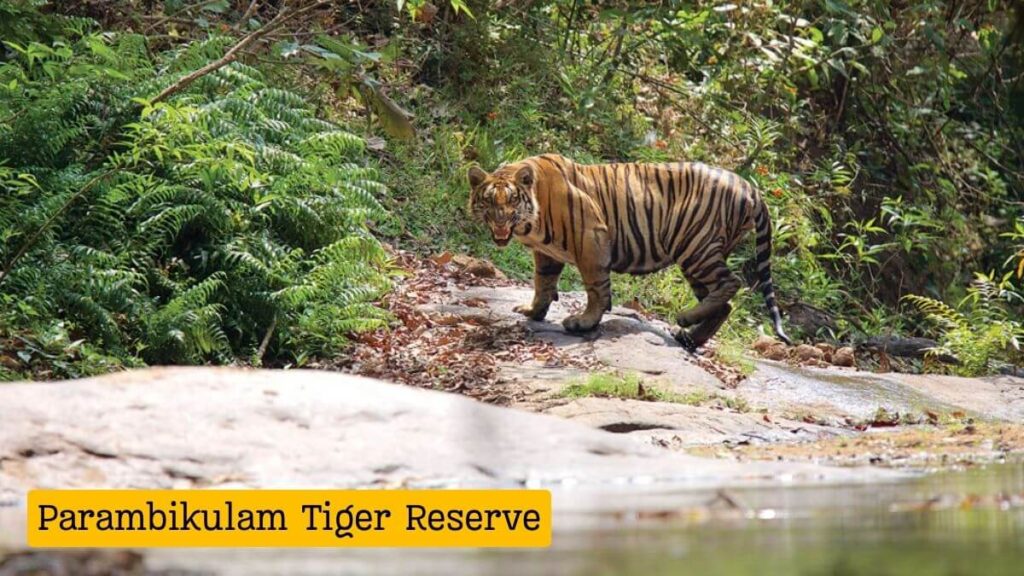Kerala, often referred to as “God’s Own Country,” is renowned for its breathtaking landscapes, diverse wildlife, and rich cultural heritage. Among its many natural wonders, the rainforests of Kerala stand out as lush, vibrant ecosystems that offer a glimpse into the heart of the tropical wilderness. This article will take you on a journey through the rainforests of Kerala, providing insights into their unique features, highlighting key locations, and offering practical tips for learning Malayalam, the local language, to enhance your experience.
The Enchanting Rainforest of Kerala: An Overview
The rainforests of Kerala are part of the Western Ghats, a UNESCO World Heritage site and one of the world’s eight “hottest hotspots” of biological diversity. These rainforests are home to an astounding variety of flora and fauna, many of which are endemic to the region. The dense canopy, towering trees, and rich biodiversity make these forests a paradise for nature lovers, wildlife enthusiasts, and adventure seekers alike.
Key Rainforests in Kerala
1. Silent Valley National Park

Nestled in the Nilgiri Hills, Silent Valley National Park is a pristine expanse of tropical rainforest. It is home to rare species like the lion-tailed macaque and the Malabar giant squirrel. The park’s untouched beauty and unique biodiversity make it a must-visit destination.
2. Periyar Wildlife Sanctuary

Located in Thekkady, Periyar Wildlife Sanctuary is famous for its dense forests and picturesque Periyar Lake. The sanctuary is a haven for elephants, tigers, and a myriad of bird species, making it a popular spot for wildlife safaris and nature walks.
3. Parambikulam Tiger Reserve

Situated in the Palakkad district, Parambikulam Tiger Reserve is known for its well-preserved ecosystem and efforts in tiger conservation. The reserve offers a range of activities, including trekking, bamboo rafting, and bird watching.
4. Wayanad Wildlife Sanctuary

Part of the Nilgiri Biosphere Reserve, Wayanad Wildlife Sanctuary boasts a variety of habitats, from semi-evergreen forests to moist deciduous forests. The sanctuary is rich in wildlife, including elephants, leopards, and several species of deer.
5. Agasthyakoodam Biosphere Reserve

Agasthyakoodam, named after the sage Agastya, is a biosphere reserve in the Thiruvananthapuram district. It is renowned for its medicinal plants and herbs, making it a significant location for both biodiversity and traditional medicine.
The Rich Biodiversity of Kerala’s Rainforests
Kerala’s rainforests are teeming with life, offering a sanctuary for a wide range of plant and animal species. These forests play a crucial role in maintaining ecological balance and supporting livelihoods through eco-tourism and sustainable resource management.
Flora
The rainforests are characterized by dense, multilayered canopies, with towering trees like teak, rosewood, and mahogany. The undergrowth is lush with ferns, orchids, and a variety of medicinal plants. The diverse plant life supports a complex web of life, providing food and shelter for numerous species.
Fauna
The animal life in Kerala’s rainforests is equally diverse. Mammals such as tigers, elephants, leopards, and gaurs roam the forest floor, while the canopy is alive with the calls of monkeys, birds, and insects. Notable bird species include the Great Indian Hornbill, Malabar Pied Hornbill, and several species of eagles and owls.
Conservation Efforts
Conservation is a key focus in the rainforests of Kerala. Initiatives include habitat preservation, anti-poaching measures, and community involvement in conservation activities. These efforts are crucial for maintaining the delicate balance of these ecosystems and ensuring the survival of endangered species.
Exploring the Rainforests: Practical Tips for Visitors
Visiting the rainforests of Kerala is an unforgettable experience, but it requires careful planning and preparation. Here are some practical tips to help you make the most of your trip:
Best Time to Visit
The best time to visit Kerala’s rainforests is during the dry season, from November to March. This period offers pleasant weather and better visibility for wildlife spotting. Avoid the monsoon season (June to September) as heavy rains can make trails slippery and difficult to navigate.
What to Pack
- Clothing: Lightweight, breathable clothing is ideal for the humid climate. Long sleeves and pants help protect against insect bites. Don’t forget a raincoat or poncho, even during the dry season.
- Footwear: Sturdy, comfortable hiking boots with good grip are essential for navigating forest trails.
- Accessories: A good pair of binoculars, a camera with a zoom lens, and a field guide for identifying flora and fauna will enhance your experience.
Safety Tips
- Guided Tours: Always opt for guided tours with experienced naturalists who can navigate the terrain and provide valuable insights into the ecosystem.
- Health Precautions: Carry insect repellent, a first-aid kit, and any necessary medications. Ensure you are up-to-date on vaccinations recommended for the region.
- Respect Wildlife: Maintain a safe distance from animals, avoid making loud noises, and never feed or disturb wildlife.
Learning Malayalam to Enhance Your Experience
Understanding the local language can significantly enhance your rainforest experience in Kerala. Malayalam, the official language of the state, is widely spoken and can help you communicate more effectively with locals, guides, and fellow travelers. Here are some practical tips for learning Malayalam online:
Online Resources and Courses
- Decode Malayalam: Decode Malayalam offers comprehensive courses designed for beginners and intermediate learners. The courses cover essential vocabulary, grammar, and conversational skills, making it easier to navigate your travels in Kerala.
- Language Apps: Apps like Duolingo, Memrise, and Rosetta Stone offer Malayalam courses that you can practice on the go.
- YouTube Channels: Several YouTube channels provide free lessons on Malayalam vocabulary, pronunciation, and common phrases. These can be a great supplement to structured courses.
Practice Regularly
Consistency is key when learning a new language. Dedicate a few minutes each day to practice speaking, listening, and reading in Malayalam. Use flashcards, language apps, and online quizzes to reinforce your learning.
Engage with Native Speakers
Join online forums, social media groups, and language exchange platforms where you can practice Malayalam with native speakers. Engaging in real conversations will help improve your fluency and confidence.
Immerse Yourself in the Culture
Watch Malayalam movies, listen to local music, and read books or articles in Malayalam. Immersing yourself in the culture will make learning the language more enjoyable and meaningful.
Conclusion
The rainforests of Kerala are a testament to the region’s natural beauty and ecological significance. Exploring these lush landscapes offers a unique opportunity to connect with nature, discover rare species, and experience the tranquility of the tropical wilderness. By learning Malayalam, you can deepen your engagement with the local culture and make your journey even more enriching.
Enroll in a course with Decode Malayalam today to start your language learning journey. With the right tools and dedication, you’ll be able to communicate effectively, navigate your travels with ease, and fully appreciate the wonders of Kerala’s rainforests. Embrace this adventure and let the rainforests of Kerala leave an indelible mark on your heart and mind.
Read More:











